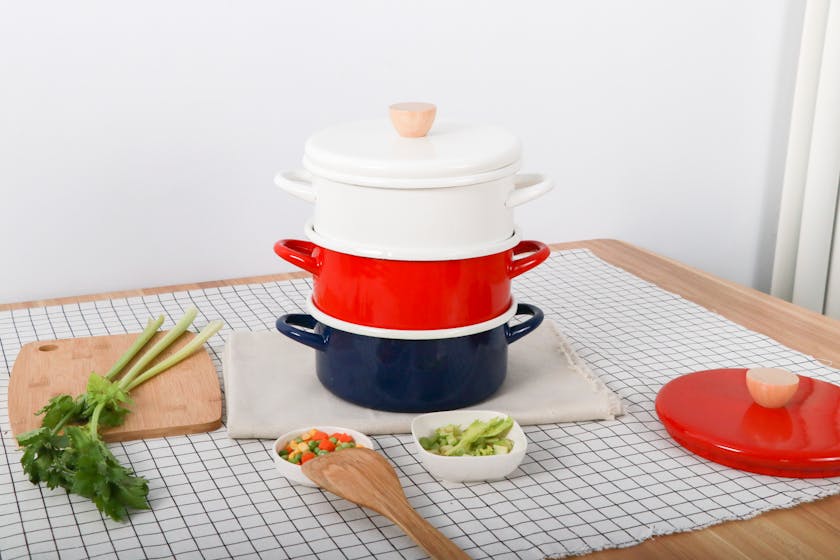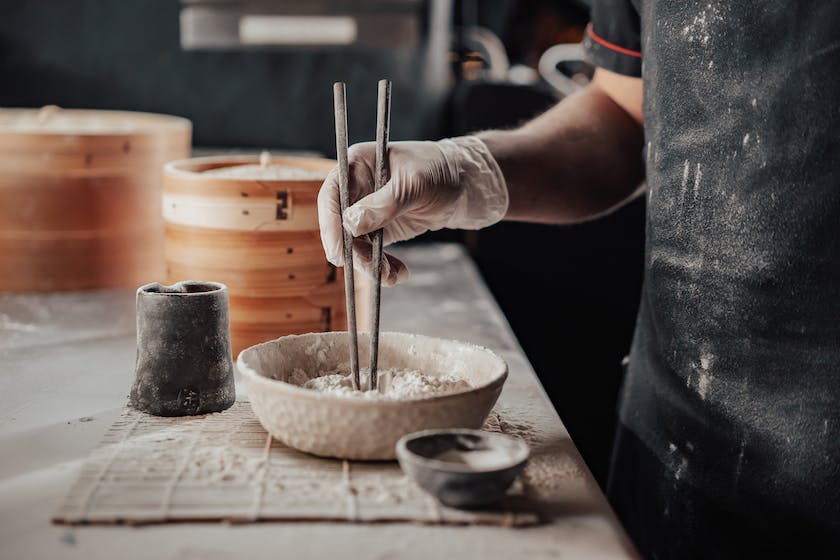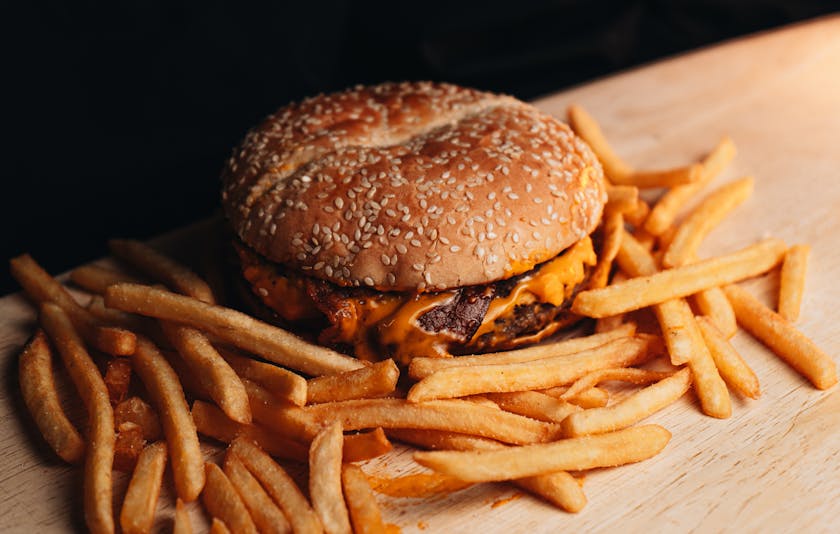If you’re aiming to streamline your meal preparation process, embracing once-a-month cooking strategies could transform your approach to home cooking. This method, which involves dedicating a single day to cooking meals for the entire month, saves time, reduces stress, and can even cut down on grocery bills. Let’s dive into the strategies that can make once-a-month cooking a breeze.
Planning: The Foundation of Once-a-Month Cooking
Success in once-a-month cooking begins with meticulous planning. Start by deciding on the recipes you want to prepare. Choose dishes that freeze well and offer a variety of flavors and nutrients. Create a comprehensive shopping list to ensure you have all the ingredients for your cooking day. Remember, organization is key to preventing any mid-cooking day mishaps.
Batch Cooking and Multitasking
Batch cooking is a cornerstone of once-a-month cooking. The idea is to cook large quantities of a dish that can be divided into multiple servings. While one dish is simmering, you can chop vegetables for another or start a batch of soup. This keeps you moving and maximizes the use of your time and kitchen space.
Proper Storage and Labeling Techniques
Once your dishes are prepared, cool them quickly to maintain food safety. Divide them into meal-sized portions and transfer them to freezer-safe containers. Label each container with the dish name, cooking instructions, and date prepared. Proper storage ensures that your food stays fresh and makes it easy to select meals later on.
Efficient Kitchen Tools for Once-a-Month Cooking
Investing in the right kitchen tools can significantly improve the once-a-month cooking process. A food processor can speed up chopping, while a large slow cooker or Instant Pot can handle big batches of stews or soups. Quality baking dishes, plenty of storage containers, and a sharp set of knives are also essential.
Thawing and Reheating Your Meals
Plan your meals a few days in advance to allow time for thawing in the refrigerator. When ready to eat, reheating is typically as simple as popping the meal in the oven or microwave. Always ensure that food is reheated to the proper temperature for safe consumption.
Adapting Recipes for Once-a-Month Cooking
Not all recipes are suitable for freezing and reheating. Look for recipes specifically designed for once-a-month cooking or adapt your favorites by avoiding ingredients that don’t freeze well, such as potatoes or cream-based sauces. Experiment and adjust recipes as needed to find what works best for you.
Involve the Whole Family
Turn your cooking day into a family affair. Assign tasks to each family member, making it a fun and productive bonding experience. Children can help with simple tasks like measuring ingredients or packaging meals, teaching them valuable life skills in the process.




